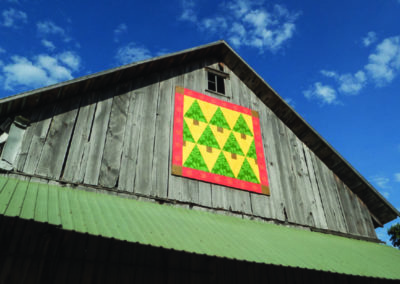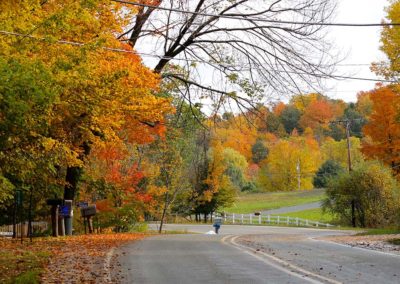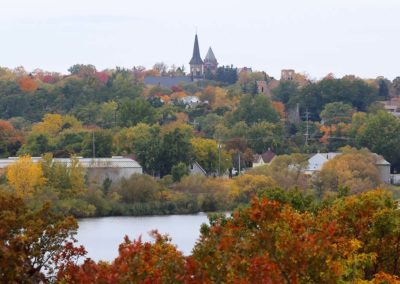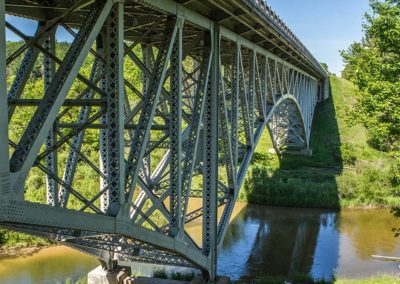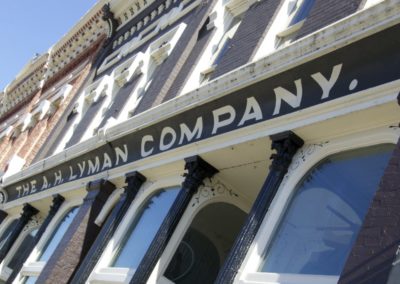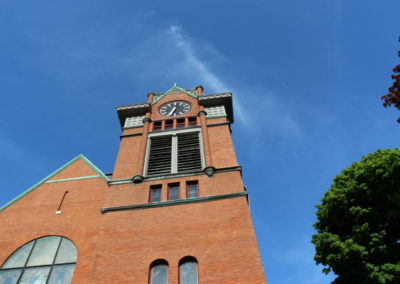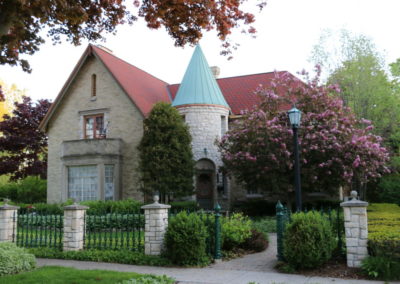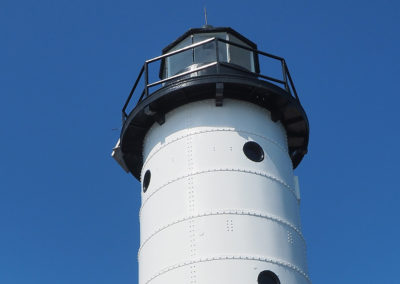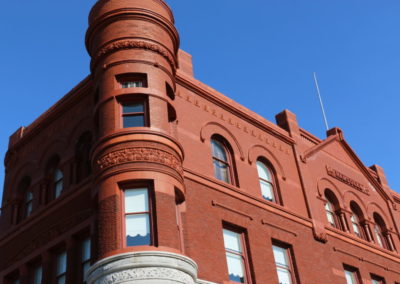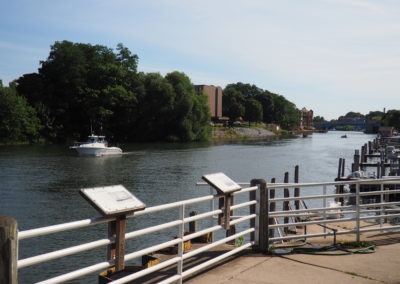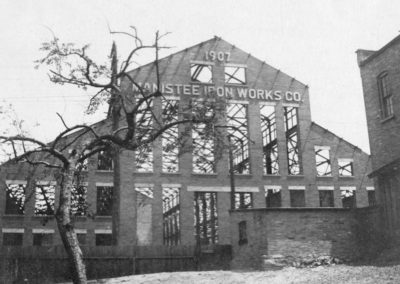Riverwalk
Courtesy of the Manistee County Historical Society, the 1.75 mile south Riverwalk that runs along the Big Manistee River through the heart of Downtown Manistee contains 25 historic markers/plaques that educate, illustrate and intrigue. These 25 markers highlight the history of the region and the importance the Manistee River played in the foundation of the community. Each marker contains historic photos and additional information about the buildings and sites that once existed. The map below outlines the approximate location of each marker.
We also encourage you to walk the 1.75 mile Riverwalk, where informational plaques outline the history of our industrial boom along the Big Manistee River.
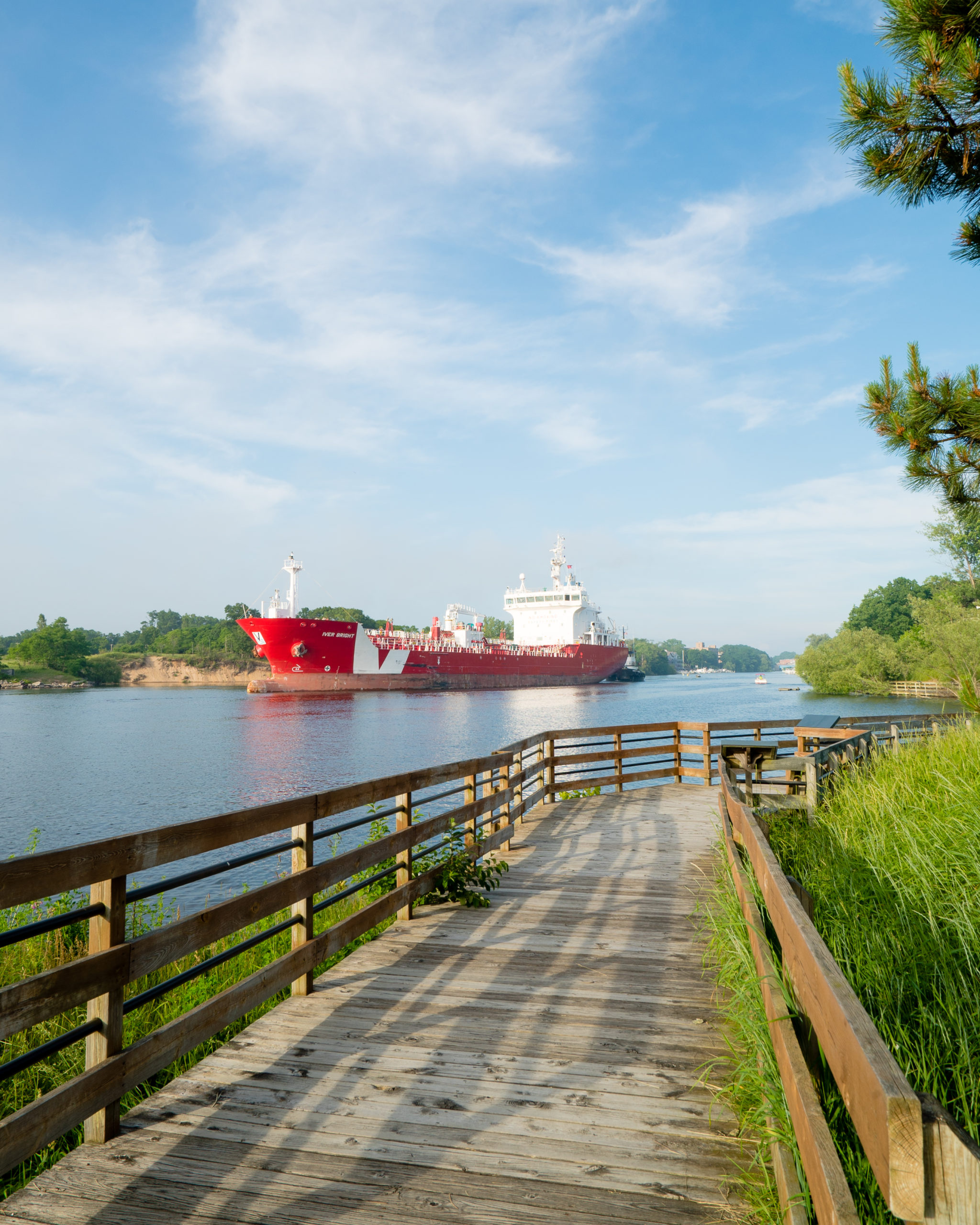
STROLL THROUGH THE PAST ON THIS 1.75 MILE WALK ON
THE BANKS OF THE BIG MANISTEE RIVER IN DOWNTOWN MANISTEE
- Canfield & Wheeler Mill: one of the earliest mills in Manistee.
- Creeping Joe: Manistee’s largest sand dune previously located around the First Street area.
- United States Life Saving Service: the local Coast Guard station has had a long and varied history in Manistee.
- Lighthouse: a light, in many different forms, has marked the Manistee harbor since 1869.
- Shingle mills: at one time Manistee may have been the largest shingle manufacturing center in the world.
- Ice: for many years ice was floated down the Manistee River Channel.
- The Arcadia Reef: a popular destination for commercial fishing operations in Manistee County.
- Commercial Fishing: for nearly a century and a half commerical fishing boats were a frequent sight on the Manistee – this is a re-creation of a commercial fishing dock and shanty.
- Men & Boats: Manistee was once a large port city for commerical and passenger vessels.
- The Harbor: at Riverwalk entrance onTamarack Street – provides details and panoramic views of the commerical harbor entrance.
- Bjorkquist Fishery: three generations of this family fished from the north side of the River over an 86 year period.
- Petersen Fishery: Hans Peter Petersen from Denmark commenced fishing in 1880, the first of the Scandinavians.
- Canfield Tug Line: in the days of sail, tug boats were essential for navigation of the river.
- The First Manistee: the first vessel named “Manistee” served the community from 1868 to 1873 and provided service to Milwaukee.
- USS MICHIGAN: the U.S. Navy declared war on Manistee with this vessel in 1853.
- Captain Charles Gnewuch: captain of a local tug boat, Gnewuch rescued dozens of sailors during a career spanning half a century.
- Northern Michigan Transit Company: formed to break a monopoly on transportation, this company continued for nearly a half-century.
- Pere Marquette Line Steamers: a salt transportation firm which also carried passengers, the last to provide service to Milwaukee.
- Tunnel: a utility tunnel is buried deep under the river in clay.
- Maple Street Bridge: four bridges have connected the city at this point.
- Furniture Factory: established in 1888 as an industry utilizing a renewable resource to replace the numerous sawmills which had made Manistee famous.
- USS MICHIGAN: the U.S. Navy declared war on Manistee with this vessel in 1853.
- Trading Post: the first retail store in what was to become downtown Manistee was established in the 1820s.
- Smith Street Bridge: the second bridge across the river connecting the two parts of Manistee.
- Shipbuilding: as a busy commercial port, several large vessels have been built in Manistee.
Explore more history
To find out more information about the histories surrounding the topics detailed in the Riverwalk plaques, visit the Manistee County Historical Museum located at 425 River Street. For even more history about Manistee County and the museums located in the county, download a complete .pdf guide here.
More Manistee County Self-Guided Tours


